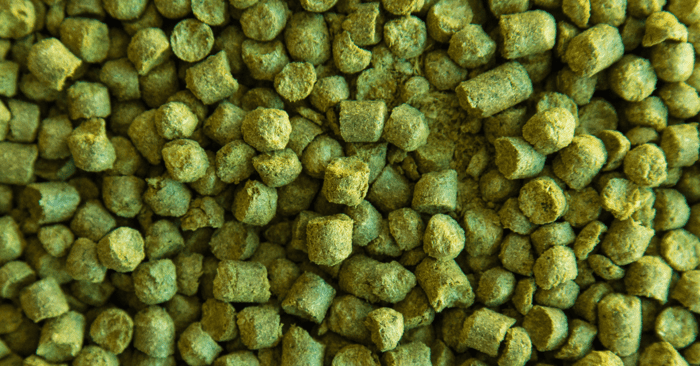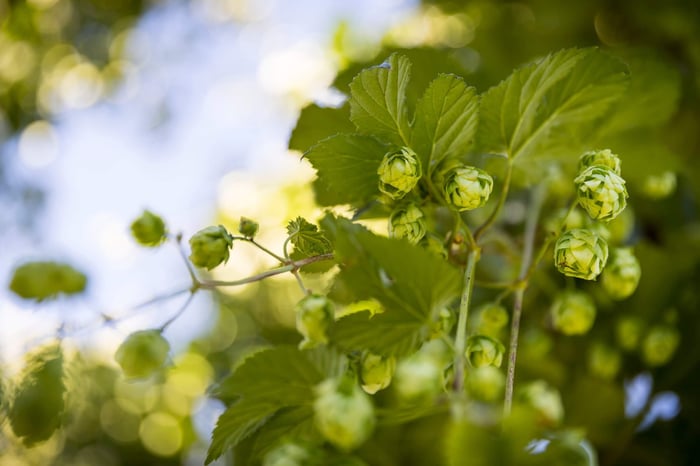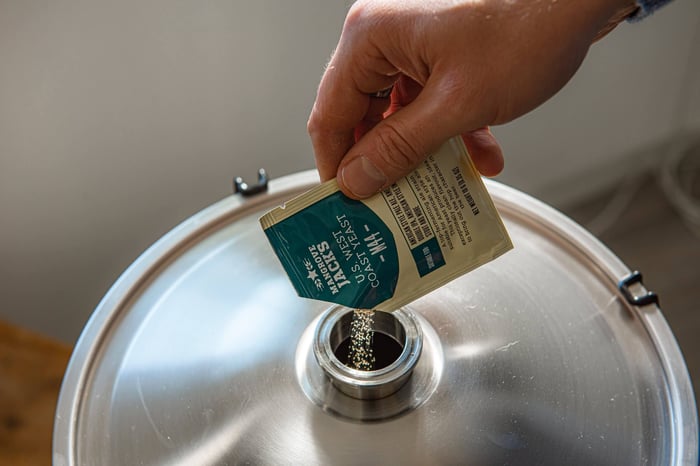Why Dry Hopping Matters More Than You Think
Picture this: you crack open that fermenter lid and get hit with an aromatic wave that makes your brewing soul sing. That's the magic of dry hopping done right. But here's the thing – timing isn't just important, it's everything.
Many home brewers think longer contact time equals better aroma. Plot twist: it doesn't. In fact, extended contact can actually strip away those precious hop oils you're chasing. Let's dive into a technique that'll change how you approach dry hopping forever.
The Warm Fermentation Method: Breaking Convention
Forget what you've heard about cold dry hopping. This technique involves adding hops while your beer is still warm and active. Why? Because warm conditions help those essential oils dissolve more effectively into your beer.
Here's the game plan:
Add your dry hops when fermentation drops to around 1.020 SG. At this point, you've got just enough convection current from ongoing fermentation to distribute the hops throughout your batch, but not so much activity that it'll blow off those delicate aromatics you're working so hard to capture.
The timeline? Keep it tight – maximum 3 days with hops in warm beer, then chill for 24-36 hours before transferring off the yeast and spent hops.
What Makes This Technique Special
This approach delivers some pretty impressive results that'll make you question everything you thought you knew about dry hopping:
Cleaner flavor profile: Say goodbye to that "fizzy hop water" character that can plague over-extracted dry hops. This method produces a more integrated, less vegetal taste.
Better hop efficiency: You'll actually use fewer hops to achieve the same aromatic impact. Your wallet will thank you, especially with today's hop prices.
No pine character: Regardless of which hops you're using, this technique virtually eliminates harsh pine notes that can dominate when dry hopping goes wrong.
Fast turnaround: From 1.020 to final gravity takes about 2 days, plus one more day warm on hops. You can transfer just 24 hours after chilling – that's production efficiency.
The trade-off? If you're planning to harvest yeast for your next batch, you'll need to plan around this technique since the yeast will be contaminated with hop matter.
Science Backs Up the Short Contact Time
Before you start thinking "3 days isn't nearly enough," consider this: research by Peter Wolfe shows that full aroma extraction can happen in as little as 4-24 hours, depending on your system. Extended contact times actually decrease aroma contribution – not what any of us want.
How the Pros Handle Dry Hopping
Stone Brewing drops their beer to 63°F immediately after primary, pulls yeast off the cone, then adds hops. They circulate three times over 36 hours before chilling and dumping. Their philosophy? Dry hopping on yeasty beer reduces astringency because the yeast absorbs some harshness.
Russian River takes a different approach, dropping to 61°F and dry hopping in two batches over 6-14 days. They've found better aroma at 68°F but it interferes with yeast cropping.
Great Divide dry hops at 68°F for 7 days, while Sierra Nevada has noted increased ester production when hops contact yeast, plus enhanced linalool and humulene expression.
Standard Dry Hopping Rates
For IPAs: 4-6 oz per 5-gallon batch
For Pale Ales: 2-4 oz per 5-gallon batch
For lighter styles: 1-2 oz per 5-gallon batch
Note: Adjust based on hop oil content and desired aroma intensity
Ready to elevate your brewing game? Check out our complete Brewing 101 series for more techniques that'll transform your homebrew.
Got questions about dry hopping or want to share your own experiences? Drop us a line – we love talking shop with fellow brewers!
Grainfather Team










